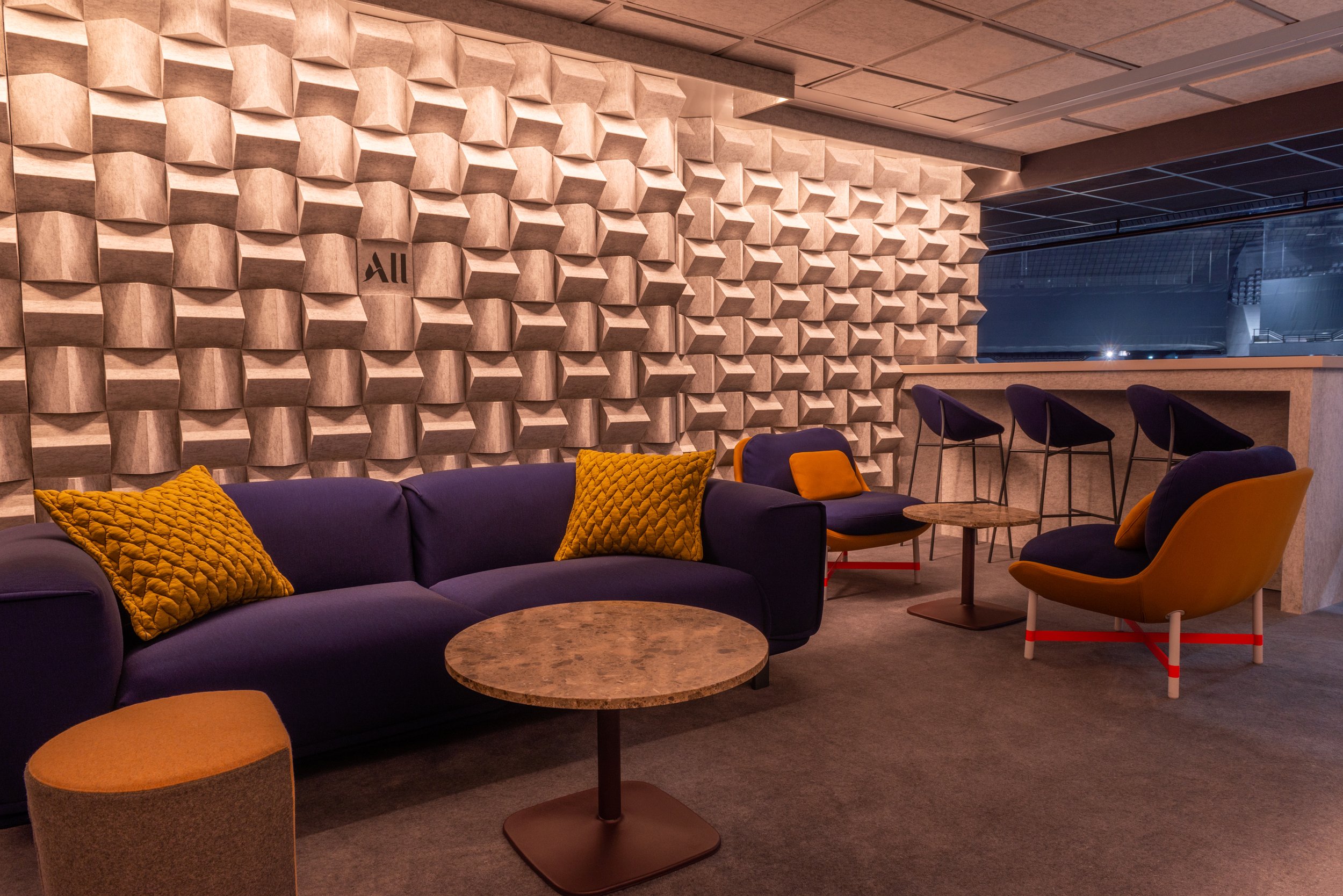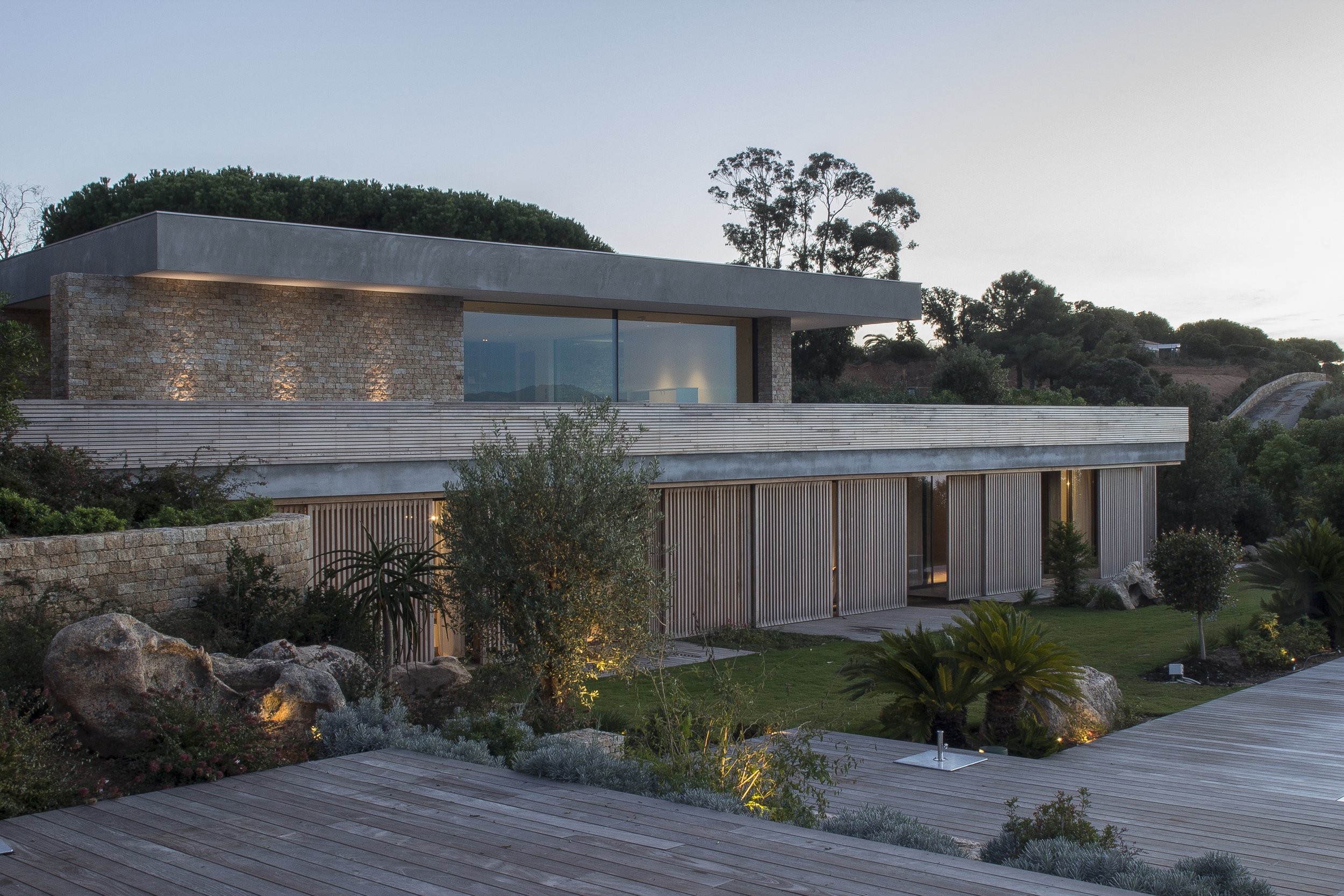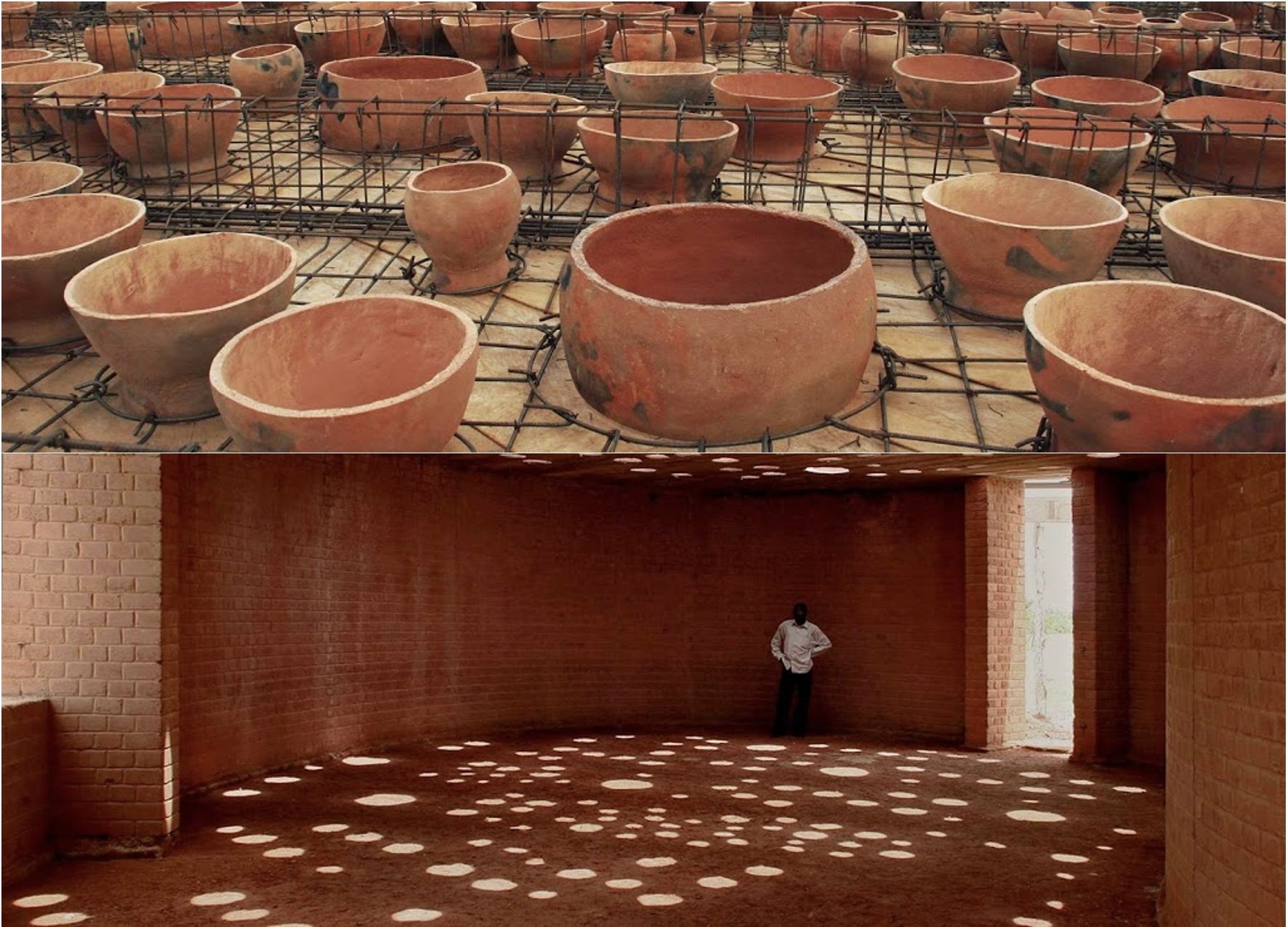
A responsible architectural approach
To redesign this box, ALL chose Pascal Grasso not just for his originality and understated aestheticism, but because he shares with ACCOR Group a philosophy of responsible architecture that inspires his research and is embodied in his creations.
L'ATELIER is the result of the combination of an innovative concept, a peaceful and meaningful atmosphere and an environmentally responsible approach. The materials, brightness and furniture are specifically chosen to meet these requirements.

The coverings in the place are made of Petac® to create a surprisingly soft and uncluttered ambiance. This 100%-recyclable material is mainly used for wall covering. It is made of pressed polyester wool and 50% recycled polyethylene terephthalate fibres (the material used to make plastic bottles) and looks like natural felt. It absorbs exterior noise and allows you to focus on the sounds present in the room. It combines with the coloured lights that sweep across it without reflecting them.
Go further. What is eco-design?
Eco-design takes into account a project's environmental aspects from the design stage. It is inspired by the Life Cycle Analysis (LCA) of a material in order to reduce the project's impact on the environment.
Developed in stages since the 1970s, LCA is a method used to assess the impact of a material or an activity on the planet. It is governed by the ISO 1404x series of standards. Today, it is the most widely recognised scientific approach in the field and recommended by national agencies such as ADEME.
Carrying out an LCA on a product consists of:
collecting a wide variety of measurements at different stages in the life cycle, from manufacturing to obsolescence via one or more recycling stages
evaluating their environmental impacts: in terms of inputs of materials and energy and outputs of waste and emissions
in order to quantify the product's impact on the environment.
For example, since 2011 ACCOR Group has conducted a study inspired by Life Cycle Analysis with PWC Environmental Consulting to measure and report on its environmental impacts and take corrective action.
In eco-design, these measurements provide better knowledge of the effects of a system and reduce its impact as much as possible!
Pascal Grasso also takes part in this eco-friendly approach. Simple designs and materials in harmony with their environment are at the heart of his work.
Pascal Grasso, architecture and nature
"I make contextual, common sense architecture. I try to respect the site where I am working. I use natural materials with minimal transformation. I search them out or have them produced locally. I take care not to impact the site too much, whether in terms of landscape or existing buildings, and make the work reversible so that we can go back to an original state," says Pascal Grasso.

This is reflected in projects like Maison Horizon (photo) and Maison Le Cap that create a living space that embraces nature, its terrain, materials, colours and climate conditions. "This home is exposed to the scorching summer heat and winter rains, yet the inertia of the concrete and the bioclimatic design ensures that it remains comfortable," says Hervé Cividino in "Maison Le Cap, entre la nature et la mer" Construction Moderne no.148.
Pascal Grasso has developed this contextual architecture with the firm Arte Charpentier in Benin. It takes inspiration from local traditions, symbols, materials and know-how in its research, such as in the work of Francis Kéré in Africa.
Learn about it. The Pritzker Prize encourages sustainable architecture
In 2022, Francis Kéré was awarded the most prestigious award in architecture for his innovations and contributions to eco-design.
The German-Burkinabè architect promotes the same philosophy of respect for the place where one works and is recognised for orienting his work towards greater simplicity. He practices common sense and a closeness with nature, taking inspiration from the traditions of the local communities in the places where his projects are built.

Above all, he uses local resources and know-how, as in his plans for the Gando Primary School Library in Burkina Faso. He worked with the local community to create a roof using terra cotta pots produced on-site.
This idea allows light to shine in while helping air to circulate, and it creates a pattern on the floor that gives this place a special atmosphere.
It is also the first time he used eucalyptus wood in one of his constructions. This type of wood is resilient and is being increasingly cultivated to fight deforestation. The architect encouraged using it over native varieties which are more fragile and endangered.
His creations highlight short circuits and traditions and use existing materials to have the smallest possible impact on the environment. They are sure to inspire his peers.
What if we saw ourselves as "guests" on Earth?
With more than 40 years of research and innovation for the planet, ACCOR Group is one of the pioneers in terms of initiatives and eco-responsibility in the hospitality industry.
Along with these innovations, the company has also undertaken a comprehensive study of its environmental footprint by creating the Earth Guest Research platform. Its appropriately named initiative is also designed to encourage other players in hospitality to take inspiration and share their observations.
Photo credits
L’ATELIER by ALL, Accor Arena, Paris, photo David-Emmanuel Cohen
Maison Horizon, photo Pascal Grasso Architectures
Library, Gando Primary School, Burkina Faso, photo Kéré Architecture
